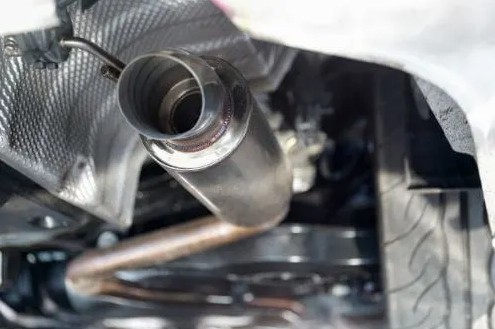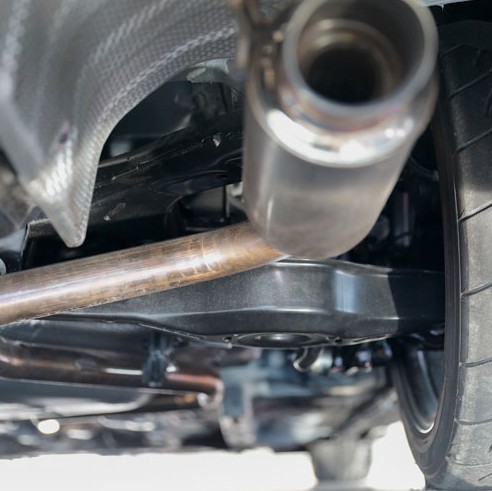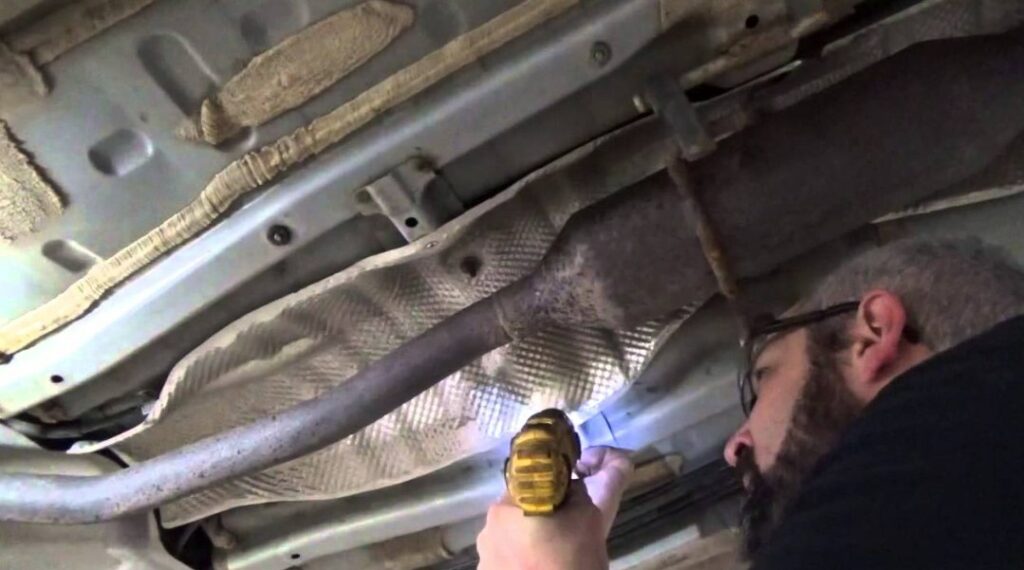If your car is older, you may be able to drive without the heat shield. However, it is not recommended as the heat shield protects your car from excessive heat. Without the heat shield, your car could overheat and cause damage to the engine. If you must drive without the heat shield, be sure to keep an eye on the temperature gauge and stop if the engine starts to overheat.

Table of Contents
What is HeatShield?
A heat shield is a barrier that reflects or dissipates heat. It can be used to protect people, animals, buildings, vehicles, and sensitive electronic equipment from the harmful effects of excessive heat. Heat shields are often made of materials such as asbestos, fiberglass, or kevlar.
How important is a heat shield?

It’s very important in a car. A heat shield is a barrier between the hot engine and the passengers. without it, the passengers would be roasted. The heat shield is usually made of a strong material like metal or ceramic, and it’s positioned on top of the car to deflect as much heat as possible.
Some cars also have an additional shield underneath to further protect the engine from the heat. A heat shield helps protect the car from the intense heat caused by the friction of the road.
Without a heat shield, the car would overheat and eventually break down.
What are the materials used in Head Shield?
There are many different materials that can be used for a heat shield. The most common material is metal, but there are also materials like fiberglass and ceramics that work well. The type of material depends on the temperature of the object it’s protecting and the environment it will be used in.
Can I Drive Without the Heat Shield?
Yes, you can technically still drive your car or truck without a heat shield. However, it’s Not Recommended. The heat shield protects vital engine components from damage caused by excessive heat.
Without it, those components could overheat and fail, leading to engine problems or even a complete breakdown. So while you may be able to get by without a heat shield for a little while, it’s really not advisable to do so for an extended period of time.
What happens if you don’t have a heat shield on a car?
Without a heat shield, your car would literally be toast. The engine produces a lot of heat, and the purpose of the heat shield is to reflect that heat away from sensitive components and prevent your car from catching fire. If you don’t have a heat shield, your car is at a much higher risk of catching fire, which could damage or destroy the vehicle. In short, not having a heat shield is a very bad idea!
Does the heat shield need to be replaced?
There is no definitive answer to this question. It depends on the make and model of the car, and on the specific circumstances involved. In some cases, the heat shield may only need to be cleaned or repaired; in other cases, it may need to be replaced altogether. Always consult a qualified mechanic for advice on your specific vehicle.
How much does it cost to replace heat shields?
The cost to replace a heat shield will vary depending on the make and model of the car, but it is typically not very expensive.
Some common symptoms that indicate you may need to replace your car’s heat shields include a decrease in fuel economy, increased engine noise, and engine overheating. If you notice any of these symptoms, be sure to have your car inspected by a mechanic as soon as possible.
What can be used as a heat shield?
Choosing the right material for a heat shield is important, as it needs to be able to withstand high temperatures without being too heavy or bulky. In some cases, multiple layers of different materials may be used to achieve the desired results.
For example, materials include aluminum foil, ceramic fiber blanket, and kevlar. each with its own advantages and disadvantages.
If you are interested in DIY Projects:
How do you reattach a heat shield?

- Locate the heat shield. It will usually be attached to the exhaust system, and it’s important to make sure that it is properly aligned before you start attaching it.
- Apply adhesive to the back of the heat shield. Make sure that you use a strong adhesive, as this will be responsible for holding the shield in place.
- Attach the heat shield to the exhaust system. Use clamps or screws to hold it in place, making sure that it is secure.
- Let the adhesive dry completely before starting your car engine. Driving with an improperly installed heat shield can damage your car and may even pose a safety hazard.
You may also find useful: Reasons the Car Died While Driving
Frequently Asked Questions (fAQs)
1. Is a missing heat shield an MOT failure?
The purpose of a heat shield is to protect both the driver and other road users from being exposed to excessive temperatures. If the heat shield becomes detached, it may no longer be able to serve this purpose, so it would be considered a failure.
2. What does a loose heat shield sound like?
3. Can you use aluminum foil as a heat shield?
4. How long should a heat shield last?
Conclusion
You absolutely need a heat shield when driving a car. This is an important safety feature that helps protect drivers and passengers from intense heat during a drive. While it’s possible to drive without a heat shield, doing so can be dangerous and could lead to serious injury or death.